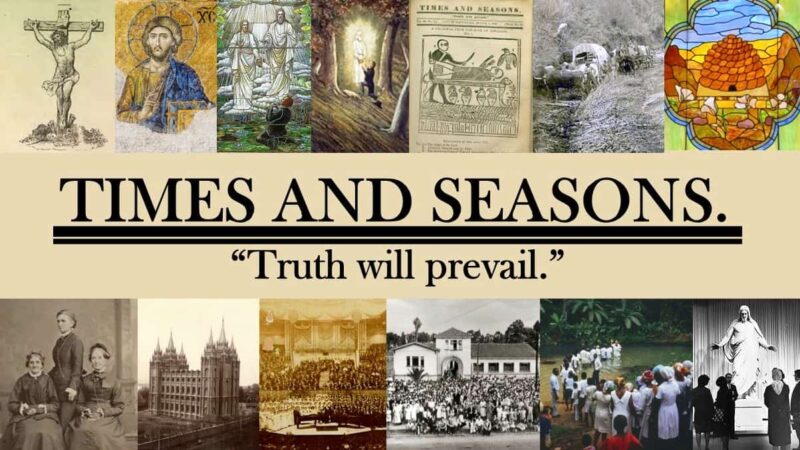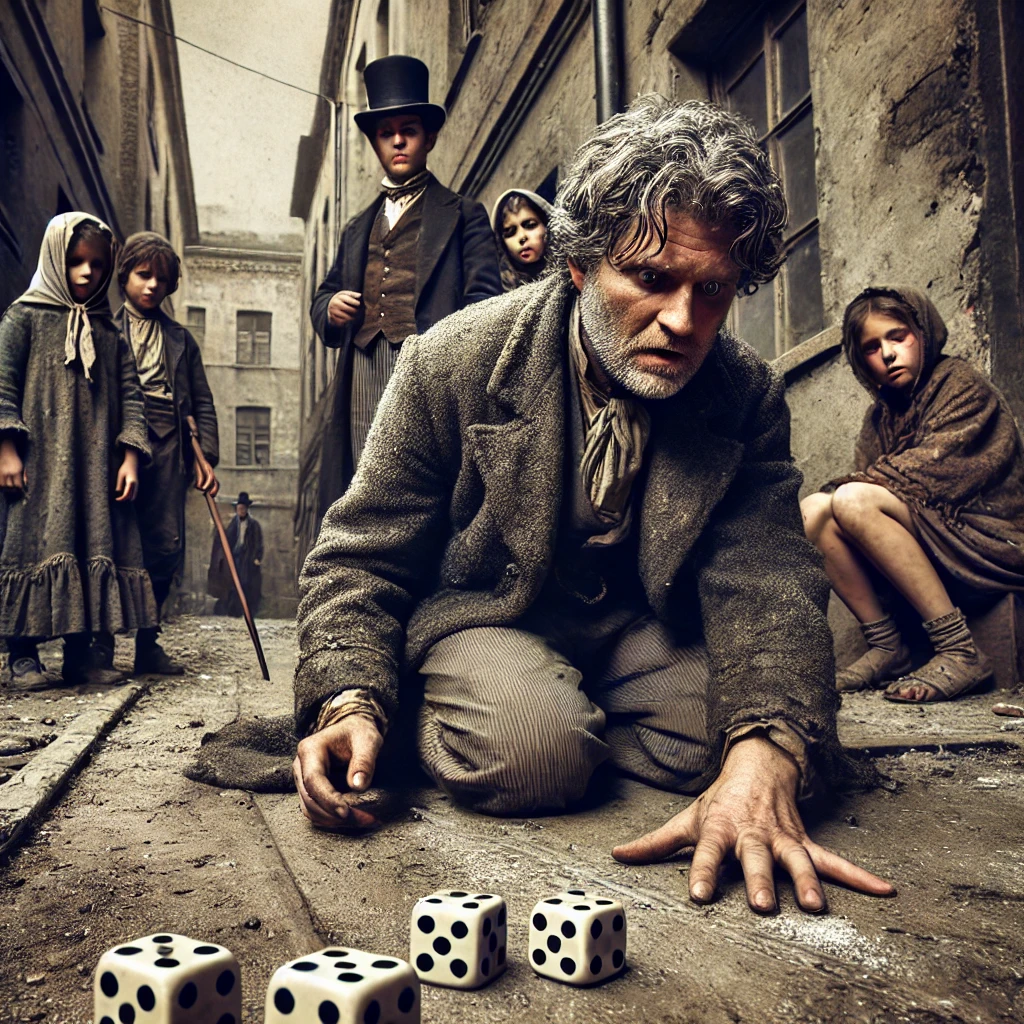-
•
•
2 responses
The “New Mormon History” was an era when Latter-day Saint historians began to rely on the techniques of modern academic and professional historians in their approach to research and writing about the Church. Leonard J. Arrington is, in many ways, the face of this movement and was given the moniker of “the Father of Mormon History” as a result. What is sometimes overlooked, however, was that the people doing “New Mormon History” built on the shoulders of a circle of earlier historians. A central figure in that group was Dale L. Morgan. In a recent interview at the Latter-day Saint… Read More
-
•
•
Today marks the 100th anniversary of President Russel M. Nelson’s birth. Celebrations in Utah are abounding to mark this milestone—the first time The Church of Jesus Christ of Latter-day Saints has had a Centenarian at its helm. For example, Utah Governor Spencer J. Cox declared the day as “President Russell M. Nelson Day” in the state, honoring Nelson for his service in the military, as a surgeon, as an ecclesiastical leader, and as a family man. The Church, meanwhile, is planning a special broadcast this afternoon to celebrate the occasion as well. Here at Times and Seasons, I’m not aware… Read More
-
•
•
21 responses
Mormon Studies is relatively open-minded when it comes to accepting the contributions of amateurs. Here I am defining amateurs as people who are not employed by academia as their main gig, whether or not they have a graduate degree–some do, some don’t; also, here I am defining “Mormon Studies” broadly, as any original research endeavor that touches on Mormonism in some way. In this post I am making a list of amateurs who have in my eye have made significant contributions to the Mormon Studies world, including many that some people may not be aware of. Of course, I am… Read More
-
•
•
7 responses
It seems that there is always more to discover and discuss about Joseph Smith’s introduction of plural marriage into the church. Secret Covenants: New Insights on Early Mormon Polygamy, edited by Cheryl L. Bruno is going to be a landmark in those discussions moving forward. Read More
-
•
•
3 responses

A part of the graph, the link below has the whole thing. Of the big AI players, Anthropic’s Claude is quite good at making diagrams, so I used it to generate an infographic I’ve always wanted to see, something that conveys in one visual how far away from Christ a book in the NT was written, the size of the work, and whether it’s considered “authentic” by scholars, either in the sense that it was written by whoever it claims to be written by (the undisputed Pauline epistles), or whether it has authentic first-hand reports from the time of Christ… Read More
-
•
•
7 responses
Latter-day Saint missionaries helped bring basketball to Scotland, who’d have thought? (Actually, there’s probably a paper waiting to be written on all the ways that missionaries helped disseminate basketball, including famously helping coach the German basketball team in the 1936 Berlin Olympics). Also, the latest (maybe last? He’s getting old) publication by Richard Bushman. And James Faulconer, despite being retired, is still producing scholarship. Finally, Mormon diet books! Read More
-
•
•
46 responses
When I was a priest, the adult advisor was excited to teach us a lesson about the premortal existence. He bounded up, grinning from ear to ear as usual, and said “I’ve been doing lots of reading, and I have some great stuff to share,” and he did. For the most part, it was an excellent lesson. Then, suddenly, he pulled out a quote from some obscure seventy back in the 1950s that said that we were blessed according to how we had lived in the premortal existence, and we must have been pretty awesome to have been born into… Read More
-
•
•
One response
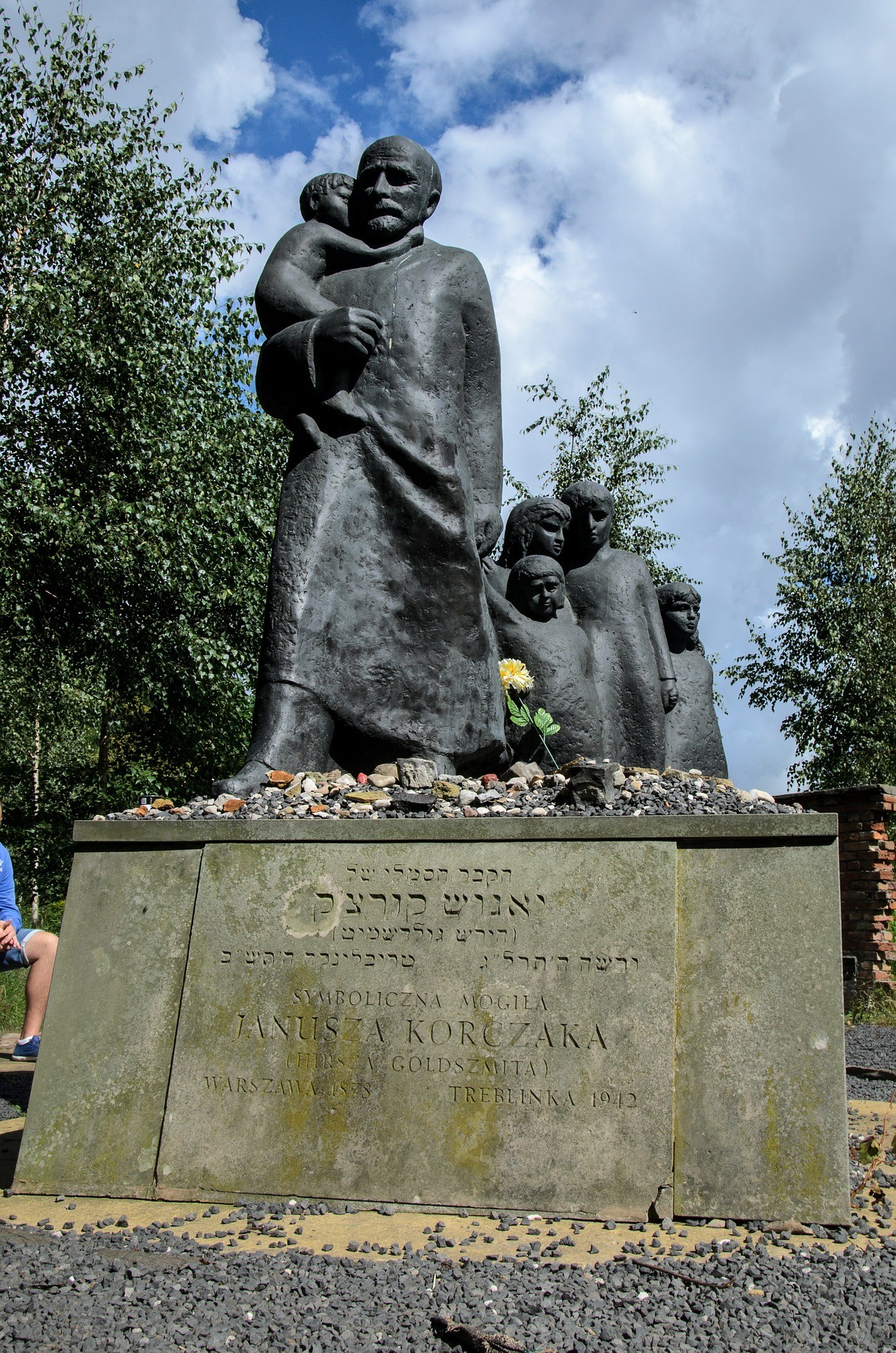
Monument in Warsaw to Janusz Korczak’s “Last Walk” as he accompanied his orphans to the Treblinka trains. Janusz Korczak is a remarkable figure that is surprisingly almost unknown in the United States despite being quite famous in Europe. A children’s author and pedagogue, his books, particularly King Matt the First about a child who becomes a king and rules like a child was as well known among Poles and Germans as Peter Pan was among British children. (while a lot of classic works of children’s literature don’t hold up anymore, this charming work still does, and is highly recommended). Raised… Read More
-
•
•
In modern Latter-day Saint terminology, the Endowment is a specific ordinance performed in temples around the world. In the first temple to be constructed by church members (the House of the Lord in Kirtland), however, the term has a somewhat different meaning. In a recent interview at the Latter-day Saint history blog From the Desk, Scott Woodward discussed what the Kirtland endowment was thought to be. What follows here is a copost to the full interview. Read More
-
•
•
6 responses
1. …and all I got was a finisher’s medal Saying that God told me to run a marathon is a provocative formulation, but not inaccurate. Read More
-
•
•
6 responses

A few days ago Latter-day Saint apologist Jacob Hansen of A Thoughtful Faith had a debate with noted Catholic apologist of Pints with Aquinas fame Trent Horn that has been garnering some attention. At the outset, I love these sorts of things. A respectful but straightforward debate about contrasting religious views can help both sides articulate their beliefs and responses better. When a faith does not face explicit doubts and pressures their scalpels become dull. Another example of this in our tradition is Stephen Robinson’s excellent back and forth How Wide the Divide? With Craig Bloomberg. Eminently respectful but… Read More
-
•
•
11 responses
Bruce R. McConkie: Apostle and Polemicist, 1915–1985 by Devery S. Anderson is the latest entry in Signature Books’ Brief Mormon Lives project. As has been the case with other books in the series, this one is a short biography of an individual of note in The Church of Jesus Christ of Latter-day Saints and is very well done. Read More
-
•
•
2 responses

In the AI world there is a debate swirling about how much AI providers should censor their image generation. Of course there are plenty of things to mock in past attempts to censor or otherwise put a thumb on the scale of AI to be more socially appropriate. Exhibit A of course were the racially diverse, Black SS stormtroopers created by Google Gemini, but anybody who’s spent a decent amount of time using AI has run into these guardrails, and sometimes they can be annoying. I had a tragicomical experience myself in the early days of Midjourney when they didn’t… Read More
-
•
•
2 responses
While Bruce R. McConkie’s controversial Mormon Doctrine is famous in Latter-day Saint circles, it wasn’t his first controversial project. Prior to that time, he worked on preparing a “best-of” collection from the Journal of Discourses that was known as Sound Doctrine. The project was close to publication when the First Presidency intervened and shut it down. Devery S. Anderson shared some information about the volume in a recent interview at the Latter-day Saint history blog From the Desk. What follows here is a copost to the full interview. Read More
-
•
•
19 responses
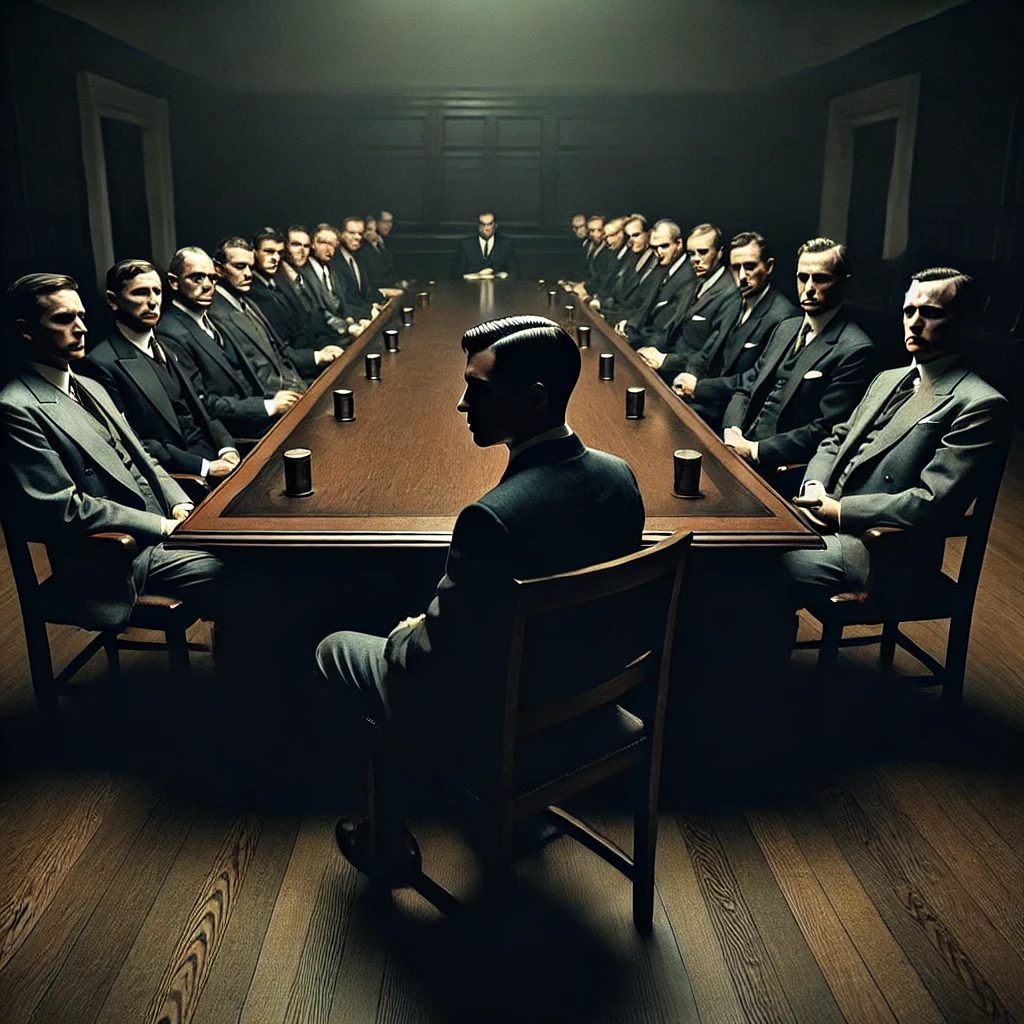
I assume they aren’t actually this dour, but what some people envision a disciplinary council looks like. Here I’m not addressing the normative question of whether we should excommunicate, I have already said my piece about that here. A while ago I was speaking to my stake president and made some humorous quip about him excommunicating people, and he had responded that he had actually never excommunicated anybody before. I was kind of surprised at this, as my father who has served in bishoprics in the 1990s and 2000s referred to disciplinary councils and excommunications during his time. (And yes,… Read More
-
•
•
2 responses
Unique But Not Different: Latter-day Saints in Japan by Shinji Takagi, Conan Grames, and Meagan Rainock is a fascinating glimpse into the world of Japanese Latter-day Saints. The book is based on a comprehensive survey data, which it explores to examine the diverse social, political, and ideological backgrounds of Japanese Latter-day Saints. Over the course of exploring those data, the book provides valuable insights for scholars, missionaries, Church leaders, and members alike about the state of the Church in Japan. The format is very academic in its investigation of the survey results and reads more like a scientific paper than… Read More
-
•
•
One response
Joseph Smith grew up in a family with strong-willed women. Among those are two who left some notable records of the early Church, particularly Lucy Mack Smith (his mother) and Katharine Smith Salisbury (his sister). Two recent posts at the Latter-day Saint history site From the Desk discuss these two Smith family women and their legacies. What follows here is a co-post to these other two posts. Read More
-
•
•
130 responses
So I often think about life when I finally finish the book I’ve been working on for a long time. Probably a lot of questions and some unhappiness both from Orthodoxy and ex-Mormons. Both sides may be unhappy that I held such views while serving as bishop. That’s understandable. One point I wanted to address was something I saw while John Dehlin was interviewing Bill Reel and both were saying how important full-disclosure was on issues that pertain to Mormon belief. They felt obligated to let Mormons know about the bad stuff so that such Mormons could have informed choices… Read More
-
•
•
14 responses

Chat-GPT’s rendition of a very strict, orthodox Mormon, right next to a liberal, heterodox Mormon, because even heterodox Mormons still wear buttoned-up, tucked-in shirts evidently. O’Sullivan’s law, one of those cute Internet “laws,” states that “any organization or enterprise that is not expressly right wing will become left wing over time.” Like most Internet laws, it kind of holds up, even though exceptions can be found. There’s something to it in regards to Church-related institutions if you replace left-wing and right-wing with edgy and/or heterodox. For example, one of the early, founding members of Dialogue was Dallin H. Oaks, whereas… Read More
-
•
•
54 responses
Again I make no pretenses to “resolving” this complicated topic and expect plenty of pushback, but, like I said in my last post, I see these conversations as important. It does appear to me that the evidence is contrary to the BoM being historical (I’ll post about that more), and yet I see Mormon practice as highly valuable (though often frustrating!) I’ve seen related conversations over the years on the Bloggernacle and people often point to the value of literature and even the parables of Jesus. And yet those examples aren’t REALLY presented as historical the way Smith and the… Read More
-
•
•
I’ve been hunting down resources to use in studying the Doctrine and Covenants, and one of the books I wanted to highlight in that regard is the Commentary on the Community of Christ Doctrine & Covenants Volume 1: The Joseph Smith Jr. Era, by Dale E. Luffman. It is a fascinating glimpse into both the Doctrine and Covenants itself and how it is viewed and used in a sister organization in the Restoration movement. The book goes through each individual document in the Doctrine and Covenants, offering information about the historical and theological context of the document, commentary and exegesis,… Read More
-
•
•
9 responses

Elijah calling down fire from heaven, 21st century version Years ago I saw a New Atheist-y meme that showed a cartoon panel of “the power of God across time,” starting with the creation of the world, moving onto the great flood and turning water into wine, and then ending with Christ appearing on toast, with the idea that in today’s age we kind of grasp at straws to see this little miracle here or there whereas in the past there were seas being split and fire coming out of the heavens to burn up sacrifices. This is one of those… Read More
-
•
•
3 responses
Over the last century, for better or worse, we have had four men who became president of the Church while health concerns and/or advanced age made their capacity to carry out the role of Church president questionable. (George Albert Smith, Joseph Fielding Smith, Spencer W. Kimball, and Howard W. Hunter are the four I have in mind.) In addition, the average age of Church presidents at time of ascension to the presidency in the last century was around 81 years old, meaning that many of them lost the ability to function within a few years of becoming Church president, just… Read More
-
•
•
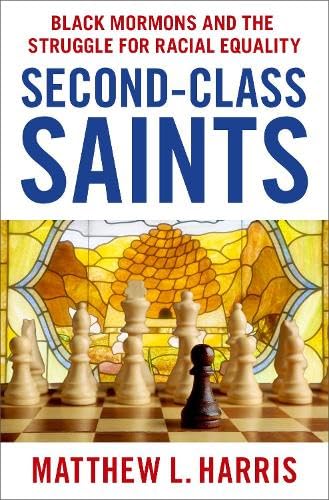
The priesthood and temple ban against individuals with Black African ancestry is a topic that is both fraught and crucial in understanding the history of The Church of Jesus Christ of Latter-day Saints. Matthew Harris’s recently-published Second Class Saints: Black Mormons and the Struggle for Racial Equality provides one of the most in-depth looks at that ban, with a special focus on the process by which it was challenged and lifted in the twentieth century by the 1978 priesthood revelation. It also discusses the ongoing effects of the ban and the anti-Black teachings in the Church that framed it after… Read More
-
•
•
6 responses
Clarke, Steve. “When conspiracy theorists win.” Inquiry: An Interdisciplinary Journal of Philosophy (2024): 1-24. Read More
-
•
•
6 responses
John Turner is known in Latter-day Saint circles for his biography of Brigham Young and his book The Mormon Jesus: A Biography. Next year, however, he will add to that collection with John Turner’s Joseph Smith biography. Turner recently spoke about the forthcoming biography with From the Desk, and announced that “I loved writing Joseph Smith: The Rise and Fall of an American Prophet, which Yale University Press will publish in Summer of 2025.” What follows here is a copost to the full interview. Read More
-
•
•
78 responses
I think I stopped believing that the Book of Mormon was historical in 2011. I keep a journal, but didn’t write that “event” down. Anyway, sometime around then, but I’ve continued practicing Mormonism. I was called as a bishop in December 2018, so did the bishop thing not believing the Book of Mormon was historical. I’ve seen comments on this blog and elsewhere noting that most non-history BoM believers end up leaving. That’s probably true, but some stick around, like me. This is a big topic that I’ll break into a few posts (perhaps post some over at the JI),… Read More
-
•
•
One response
Joseph Smith’s Uncanonized Revelations, edited by Stephen O. Smoot and Brian C. Passantino, is a new collection of revelations by or attributed to Joseph Smith. It builds upon the research and publication of documents by the Joseph Smith Papers Project, drawing together the relevant documents into one easily accessible place and providing context for each. The main section of the book focuses on revelations that can reliably be attributed to Joseph Smith while an appendix contains revelations that either are attributed to someone close to Joseph Smith or are late, second-hand recollections that may or may not be accurate and… Read More
